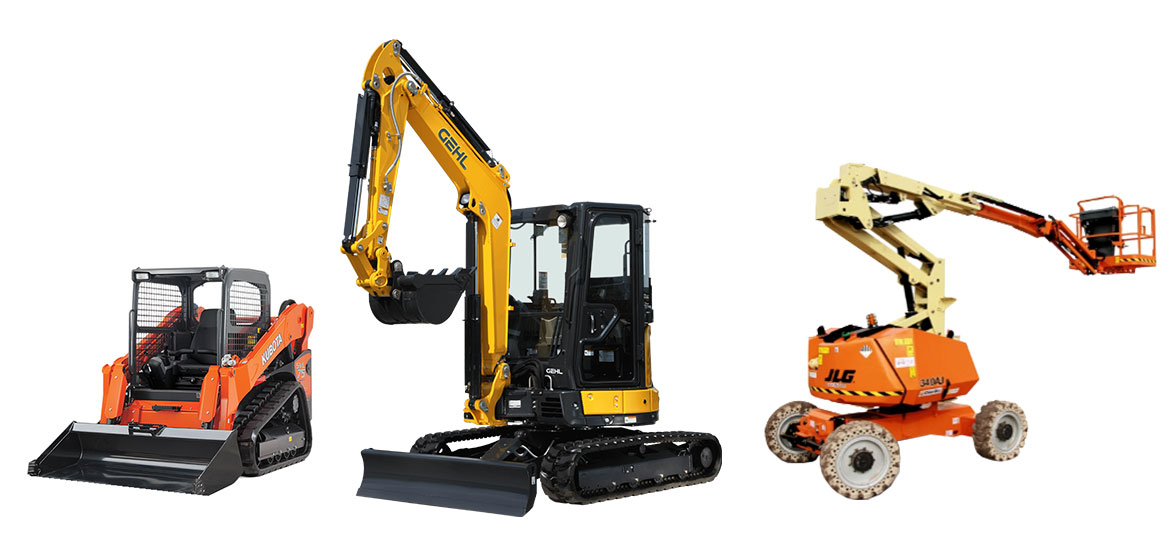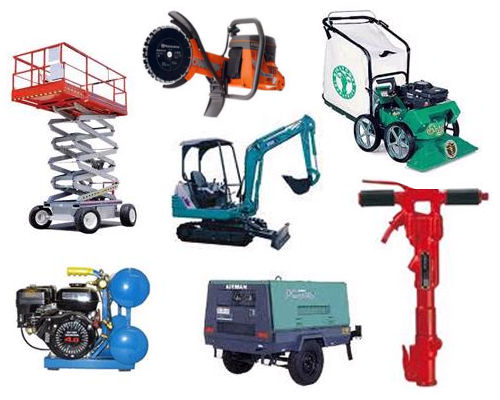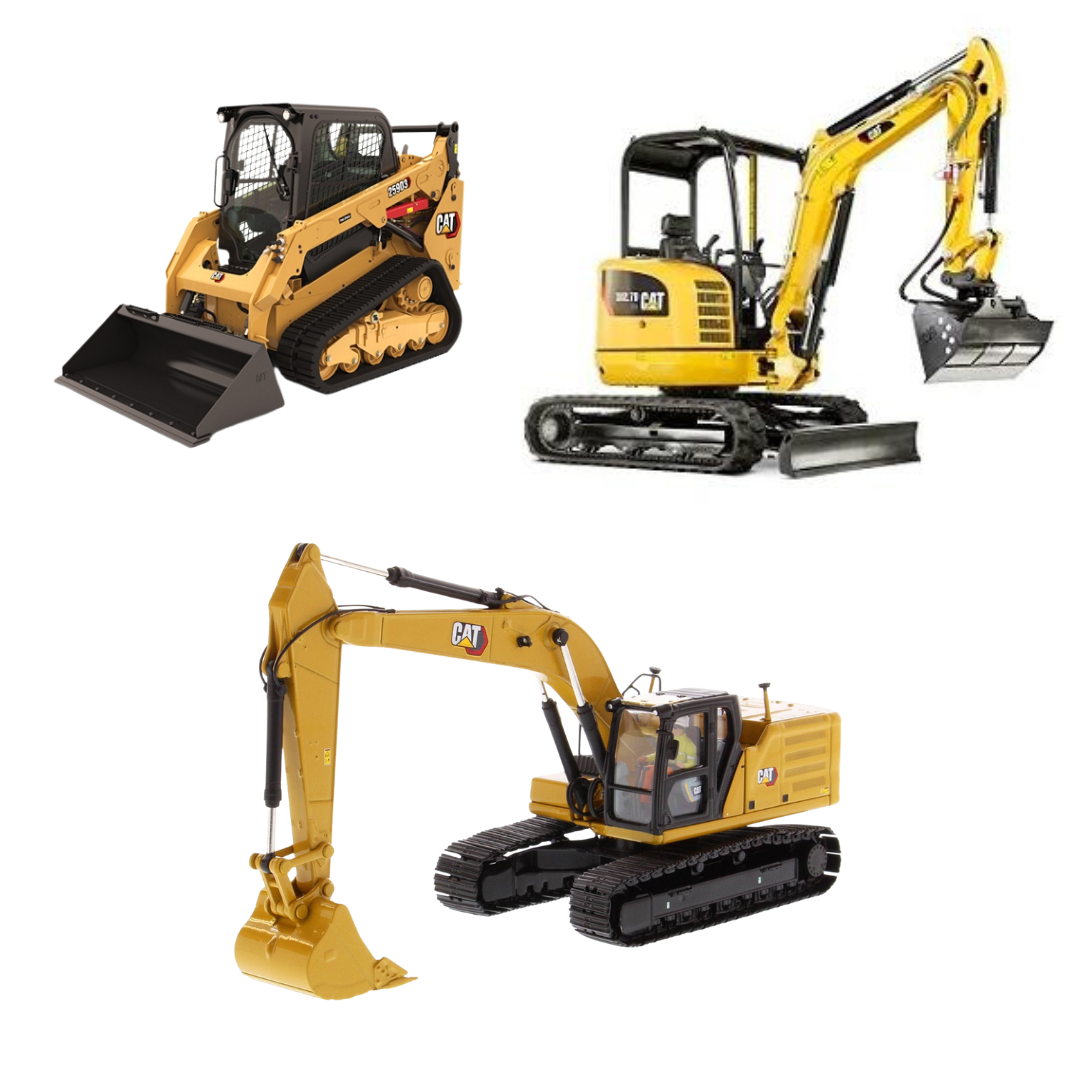Maximize Your Budget Plan by Recognizing the Prices Connected With Building And Construction Devices Rentals
Understanding the full scope of expenses linked with construction devices services is critical for optimizing your budget. What methods can be used to efficiently manage these expenses and ensure a much more reliable rental experience?
Summary of Rental Costs
When taking into consideration building equipment services, understanding the linked expenses is paramount for efficient budgeting and project preparation. Rental costs can vary significantly based upon several aspects, including devices type, duration of leasing, and location. The preliminary rental cost typically mirrors the devices's market need and its associated functional capacities, influencing the general expense.
In addition to the base rental price, ancillary expenses might arise, such as transportation charges, gas surcharges, and maintenance costs. It is necessary to make up these additional expenses to accurately evaluate the complete price of leasing devices. Furthermore, the rental period can influence rates; longer leasings may receive discounted prices, while temporary services might incur higher everyday costs.

Break Down of Rental Prices
A thorough understanding of rental prices is important for contractors and task supervisors intending to enhance their budgets. Rental prices for building and construction devices typically contain several elements, including base rates, time-based costs, and use costs.
Base prices are the core costs linked with the leasing of the equipment, frequently determined by the type and size of the machinery. These rates can differ considerably, influenced by aspects such as equipment need, accessibility, and regional market fads. Time-based charges, which may be daily, weekly, or monthly, offer to fit different task timelines and rental durations.
Furthermore, rental prices might include use charges, which apply when equipment is used beyond a defined threshold, guaranteeing that the rental firm can represent damage. Seasonal demand fluctuations can additionally influence rental prices, with peak building seasons typically regulating higher prices.
Moreover, understanding the rental company's plans concerning maintenance and insurance coverage can supply additional insight into the general expense structure. By assessing these elements, professionals can make informed choices, ensuring the option of rental equipment lines up with both project demands and budget plan constraints.
Extra Costs to Think About
Recognizing the complexities of extra costs is critical for professionals to handle their total leasing expenditures efficiently. Past the typical rental rates, various auxiliary charges can dramatically affect the overall cost of devices service. These charges usually consist of distribution and pickup costs, which can vary based upon distance and logistics associated with delivering the tools to and from the task website.
Additionally, some rental firms may impose fuel additional charges if the equipment is returned with much less fuel than when leased. It is additionally necessary to be conscious of possible cleaning charges, particularly for specific equipment that needs comprehensive upkeep after usage.

Thoroughly assessing the rental agreement and making clear these extra fees upfront can assist service providers avoid unanticipated costs and make certain that budget plans remain undamaged throughout the task lifecycle.
Upkeep and Fixing Expenses
Routine repair and maintenance costs are commonly ignored elements that can significantly influence the general price of construction devices rentals. When renting out devices, it is crucial to think about not only the rental fees but likewise the potential expenses connected with keeping the equipment in optimal operating condition.
Many rental firms consist of fundamental upkeep as component of the rental agreement; nonetheless, more unforeseen malfunctions or comprehensive repair work can result in extra costs. It's necessary to review the rental agreement carefully to recognize what maintenance solutions are covered and what responsibilities drop on the tenant.
Additionally, equipment that is not well-kept can lead to inadequacies at work website, potentially enhancing and causing hold-ups job costs. To alleviate these dangers, it is advisable to conduct regular inspections and maintain open interaction with the rental copyright concerning any type of issues that emerge during use.
Insurance and Responsibility Prices
Insurance and liability expenses are important elements that can substantially impact the total expense of building and construction devices rentals (dozer rental). These prices ensure that both the rental business and the client are safeguarded from potential economic losses occurring from crashes, damage, or burglary during the rental period

Additionally, clients need to understand any type of deductibles or exemptions in the insurance plan, as these can influence potential out-of-pocket costs. Comprehending the terms of any kind of insurance protection is crucial to prevent unexpected prices. Inevitably, budgeting for insurance and responsibility expenses can assist ensure a smoother rental experience and secure versus monetary dangers related to building and his comment is here construction tasks.
Verdict
In verdict, a comprehensive understanding of the expenses connected with building and construction equipment services is crucial for effective budget plan administration. Inevitably, notified decision-making pertaining to equipment rentals contributes to the total success of building ventures.
Rental expenses can differ significantly based on several factors, including devices kind, period of leasing, and place (heavy equipment rental). The rental period can influence rates; Check This Out longer rentals might qualify for affordable rates, while temporary leasings might incur greater everyday costs
By performing detailed research and engaging with reputable rental companies, specialists can efficiently browse the complexities of rental rates, eventually optimizing their monetary resources.
Past the typical rental rates, various auxiliary fees can considerably affect the complete expense of devices leasing. Rental business often give liability insurance coverage that covers injuries to third parties or damage to residential property, while tools damage insurance coverage can cover the expense of fixings or substitute if the leased equipment is harmed.
Comments on “Heavy Equipment Rental: Large Equipment for Any Construction Task”